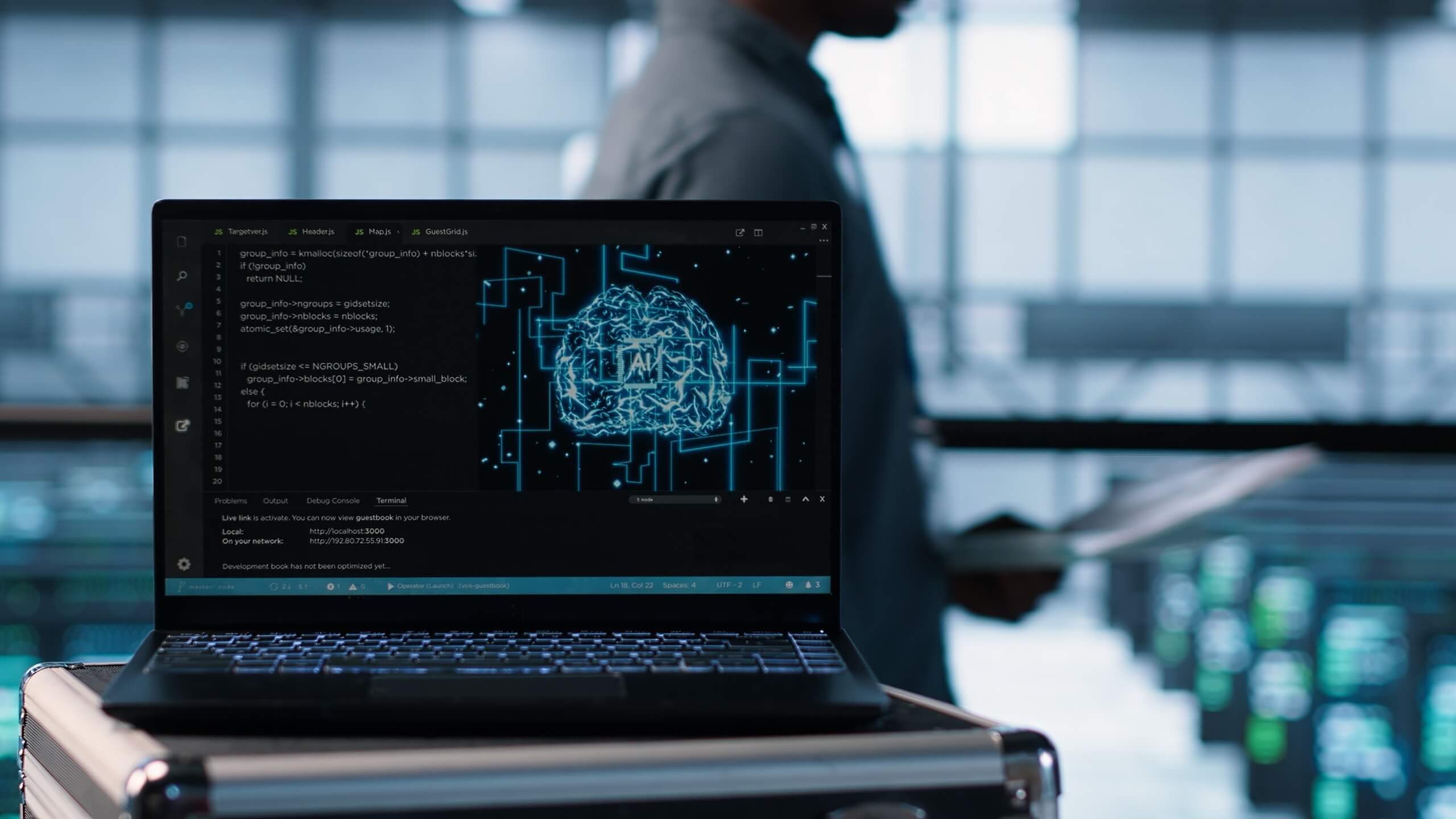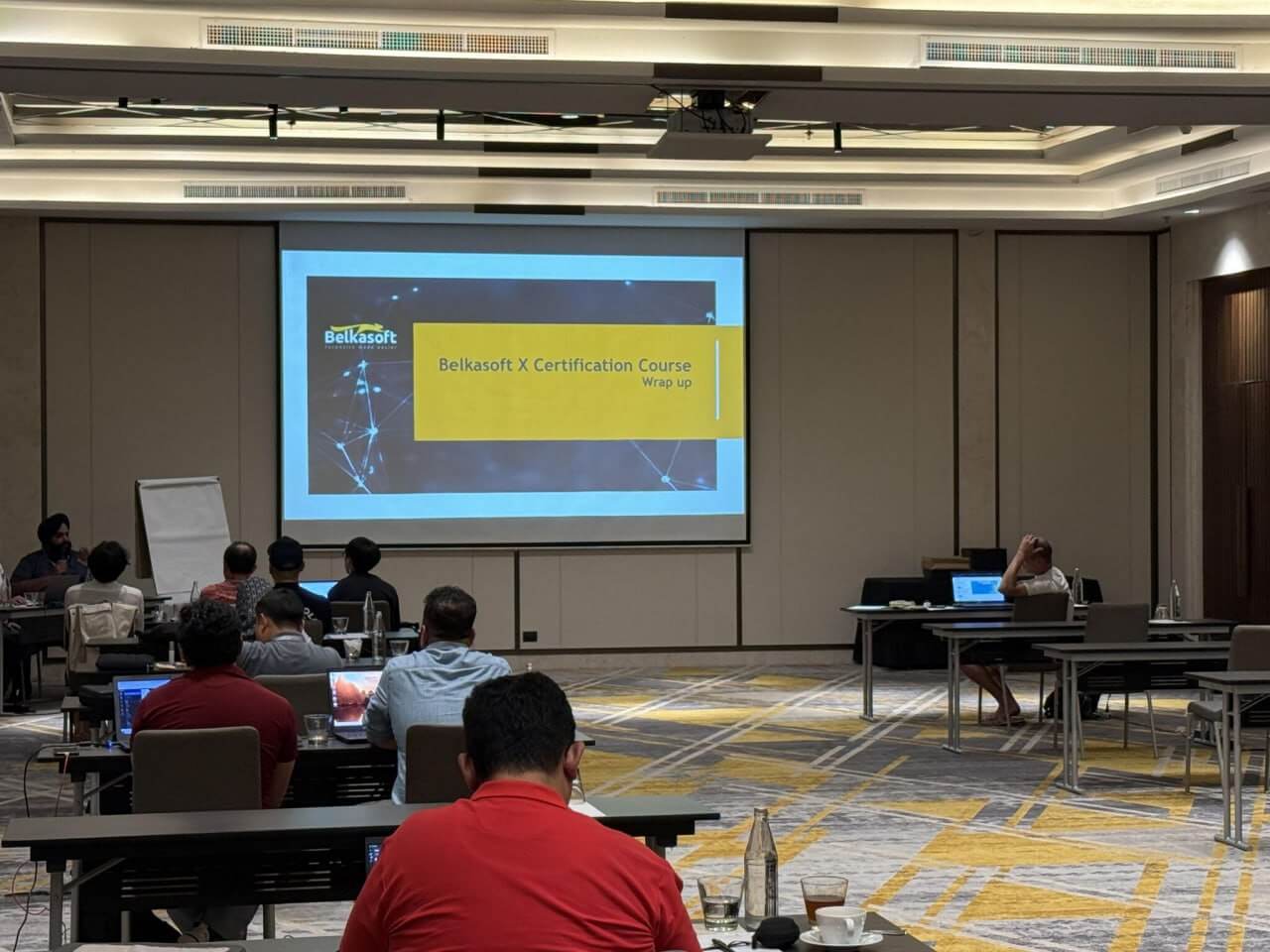Navigating the Future: Top 6 Trends Shaping Modern DFIR in 2025
The field of digital forensics and incident response (DFIR) is evolving at an unprecedented pace, driven by technological advancements and the increasingly sophisticated tactics of cybercriminals. Staying ahead in this domain requires a nuanced understanding of emerging trends and the tools that investigators rely on to meet new challenges. To get a better grasp of the industry in 2025, let us explore six key trends shaping DFIR. From AI-driven innovation to the complexities of cross-border data privacy, these insights may be of use to professionals seeking to refine their approaches.
- AI and Machine Learning in DFIR
- Cloud Forensics and Remote Investigations
- Forensics for Drones, Vehicles, and Mobile Devices
- The Rise of Anti-Forensic Techniques
- Automation in Digital Forensics
- Lack of Training and Trained Personnel
1. AI and Machine Learning in DFIR
Artificial intelligence (AI) and machine learning are rapidly transforming the landscape of digital forensics and incident response. These technologies streamline labor-intensive tasks, significantly reducing the time investigators spend sifting through data. Whether it is parsing system logs, analyzing malware, or uncovering hidden patterns in massive datasets, AI implementations are enhancing accuracy, speed, and scope.

Image by Freepik
Key Implementations of AI in digital investigations:
- Pattern Recognition: Machine learning models are adept at flagging anomalies in system logs or detecting suspicious activity that might be missed during manual analysis.
- Media Analysis: Advanced neural networks swiftly scan and categorize visual content—identifying elements such as weapons, explicit material, or other case-critical media.
- Natural Language Processing (NLP): Tools leveraging NLP process years' worth of communication data—emails, chats, logs—to extract vital clues like names, plans, or financial transactions.
- Predictive Threat Detection: By analyzing historical data, AI systems can forecast potential cyber threats, enabling proactive defenses.
Large Language Models (LLMs) in DFIR: The BelkaGPT Example
Among the most impactful advancements is the integration of Large Language Models (LLMs) into DFIR workflows. Trained to understand human language, LLMs assist investigators in extracting meaning from vast volumes of text-based evidence.
BelkaGPT, developed by Belkasoft, is a standout example. This offline AI assistant is embedded within Belkasoft X and processes only case-specific data, maintaining the privacy and security required in forensic environments. BelkaGPT is particularly effective for processing text-rich artifacts such as SMS, emails, chats, and notes. Its ability to detect topics of interest, define emotional tones, and analyze file metadata offers investigators a powerful ally in uncovering evidence.
Balancing Innovation with Oversight
Despite their benefits, LLMs and other AI tools have limitations. Their performance depends heavily on training data, which can introduce bias or produce incomplete outputs. However, solutions like BelkaGPT help mitigate these risks by grounding all outputs in actual case artifacts, ensuring transparency and validation in the investigative process.
2. Cloud Forensics and Remote Investigations
The shift to cloud storage and hybrid cloud environments has introduced significant challenges in digital forensics. While cloud services provide scalability and convenience, they also introduce specific challenges in evidence collection and jurisdiction.
Key challenges:
- Jurisdictional issues: Evidence stored in a different country is subject to that country's laws, which may restrict or prevent access by investigators from another jurisdiction. This limits the applicability of the investigator's domestic laws and can delay or obstruct investigations.
- Data fragmentation: Information is often distributed across multiple servers, making acquisition a complex task.
- Encryption and access control: Modern cloud platforms prioritize security, which can obstruct forensic investigations.
Tools designed for cloud forensics are essential in this context. They can simulate app clients to download user data stored on the servers of applications like Facebook, Instagram, or Telegram using APIs. By providing valid user account credentials, investigators can access and decrypt this data, as the application server perceives the activity as initiated by the user themselves. This approach circumvents many jurisdictional and technical challenges.
3. Forensics for Drones, Vehicles, and Mobile Devices
The digital forensics field is no longer confined to computers and traditional storage devices. Modern investigations often involve data from drones, cars, and mobile devices, all of which present unique challenges and opportunities.

Image by Unsplash
- Drones: Flight paths, GPS data, and onboard camera recordings can be crucial in cases involving surveillance or smuggling.
- Vehicles: Infotainment systems and navigation data can provide timelines, locations, and even personal communications.
- Mobile Devices: The sheer volume of data stored on smartphones—from call logs to encrypted messaging apps—makes them critical in nearly every investigation.
However, mobile forensics comes with its own set of challenges. One of the most pressing issues is that devices are becoming increasingly secure, with advanced encryption and security protocols designed to protect user data. These protections, while beneficial for user privacy, can complicate the extraction and analysis of evidence for forensic professionals.
Forensic platforms must adapt to handle this diversity and the evolving security landscape. Belkasoft X rises to this challenge by supporting a comprehensive and continually updated set of acquisition methods, including logical, file system, physical, and cloud extractions. This ensures compatibility with the latest device models and security features.
Belkasoft X also provides capabilities like brute-force unlocking and the ability to attempt such methods in a secure environment that minimizes the risks of data corruption or legal violations. These features are invaluable for accessing encrypted or locked devices, which are often critical in high-stakes investigations. With such advanced digital forensics tools, investigators can analyze information from a wide array of sources within a single interface.
4. The Rise of Anti-Forensic Techniques
Anti-forensic techniques are becoming more sophisticated, with cybercriminals deploying methods to erase, obscure, or manipulate digital evidence. These tactics include encryption, steganography, and data wiping, which can severely hinder investigations if not countered effectively. Digital forensics tools include data recovery and tampering detection capabilities, which can reveal manipulated evidence or uncover information thought to be lost.
Strategies to combat anti-forensics:
- Metadata analysis: Detecting discrepancies in file metadata to identify tampering.
- Advanced recovery tools: Retrieving deleted or wiped data using deep forensic analysis.
- Counter-steganography: Uncovering hidden information in images or other files.
Investigators often rely on tools with built-in features to tackle these challenges. Belkasoft X's capabilities in metadata analysis, file recovery, and advanced SQLite forensics features help professionals overcome anti-forensic tactics, ensuring no critical detail is overlooked.
5. Automation in Digital Forensics
As storage devices grow larger and data volumes in investigations reach unprecedented levels, manual analysis is no longer a viable solution. Automation has become essential in modern DFIR workflows, enabling investigators to tackle the challenges of data abundance efficiently and effectively.
What DFIR automation looks like:
- Customizable Analysis Presets: By creating analysis presets tailored to specific case types or devices, DFIR tools can streamline repetitive tasks and execute them with minimal manual intervention. These presets ensure consistent processes across investigations.
- Unattended task execution: Automated tools can run tasks autonomously, processing large datasets—such as terabyte-sized device images—overnight or during off-hours. This maximizes resource utilization and accelerates case processing times.
- Standardized workflows: Automation enables the establishment of standardized workflows for different case types, ensuring uniformity in investigations and reducing the likelihood of human error.
- Scalability with pipelines: For large-scale investigations, automation makes it possible to spread out processing tasks across several computers or systems, helping teams handle big investigations and large amounts of data more easily.
For example, Belkasoft X allows to automate many aspects of evidence collection and analysis—hash calculation, file and data carving, YARA rule and Sigma rule searching, AI (Artificial Intelligence)-based detection of guns, explicit images, skin, faces, and texts in media files, end more.
A real-world example of this impact comes from a CSAM investigation case study, where automation helped law enforcement detect illegal images and identify victims more quickly. By streamlining processing and exporting matched files to specialized tools like Griffeye Analyze DI, Belkasoft X significantly reduced the time needed to act on critical evidence.
By leveraging automation, digital forensic teams can work more consistently, scale more easily, and accelerate investigations—especially in time-sensitive cases.
6. Lack of Training and Trained Personnel
A growing concern in the DFIR field is the lack of trained professionals and the inadequate training opportunities available to address the ever-evolving challenges of digital forensics. This gap makes it difficult for organizations to keep up with new technologies, anti-forensic tactics, and legal regulations.

Belkasoft training in Thailand, 2025
To address this, Belkasoft offers a range of educational opportunities through its digital forensics and incident response training. From fundamentals on evidence acquisition, analysis, and reporting, to specialized training on cloud or computer forensics, these courses equip you with the skills necessary to grow as a DFIR professional. Additionally, Belkasoft's ongoing research and tool development ensures that training participants are learning with the most up-to-date techniques and technologies while having the necessary support from our team on their learning journey.
The Road Ahead for DFIR Professionals
As technology continues to advance, so too must the skills and tools of DFIR professionals. Whether it is harnessing the power of AI, navigating the complexities of cloud forensics, or staying ahead of anti-forensic techniques, the field demands constant innovation and adaptability.
By combining automation, AI-driven insights, and legal compliance features, digital forensics and incident response tools help DFIR professionals work smarter, faster, and more effectively.
Ultimately, success in DFIR hinges on a blend of human expertise and cutting-edge technology. The trends outlined here are not just shaping the future of the field—they are redefining what is possible in the pursuit of truth and justice.
Did you like the article?
See also:
